PPT-Why all fats aren’t bad.
Author : aaron | Published Date : 2019-02-11
Differences in fats Unsaturated Fat Unsaturated preferred type of fat in diet 23s of fat in diet Liquid at room temperature Two type of unsaturated fats Dependent
Presentation Embed Code
Download Presentation
Download Presentation The PPT/PDF document "Why all fats aren’t bad." is the property of its rightful owner. Permission is granted to download and print the materials on this website for personal, non-commercial use only, and to display it on your personal computer provided you do not modify the materials and that you retain all copyright notices contained in the materials. By downloading content from our website, you accept the terms of this agreement.
Why all fats aren’t bad.: Transcript
Download Rules Of Document
"Why all fats aren’t bad."The content belongs to its owner. You may download and print it for personal use, without modification, and keep all copyright notices. By downloading, you agree to these terms.
Related Documents

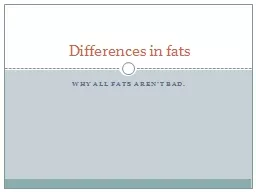
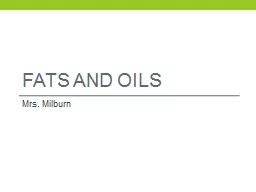

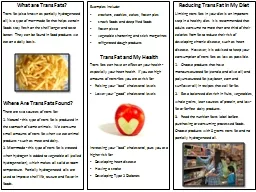


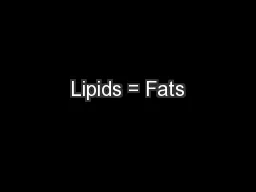
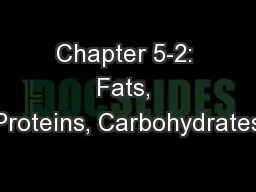
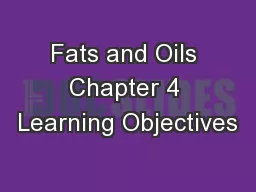
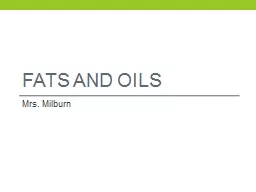
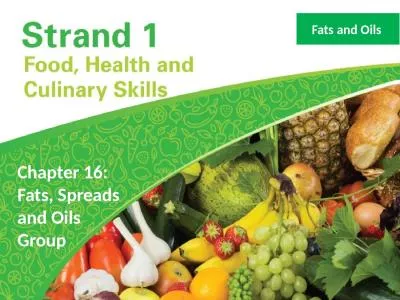
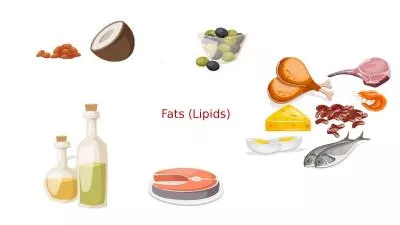

![The Good Oil on Oils [and fats!]](https://thumbs.docslides.com/1047844/the-good-oil-on-oils-and-fats.jpg)